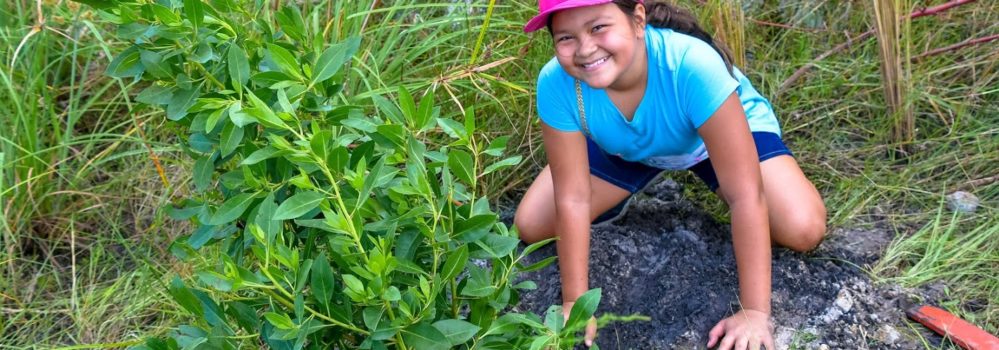
Invasive species and their threat to native flora and fauna
By Cassidy McGurk

Since settlers first laid foot on American soil, they’ve brought with them invasive plants and animals. Some had a function, such as livestock or sport (brown trout), which have become successful economic and cultural drivers. Others, like pilewort, Russian olive, and day lilies, were brought for aesthetics, such as many ornamental garden and house plants that have now become prolific pests.
Invasive species are destructive plants and animals that are introduced to an area in which they are not native. These creatures can out-compete native species, which often results in diminishing populations and even extirpation. The eradication and management of invasives costs the U.S. roughly $30 billion per year, not to mention the damage done to biodiversity and natural habitats.
Invasive fauna, such as rats, can spread disease while invasive flora, such as such as Japanese knotweed, will ‘choke’ native plants and rapidly spread. While all invasive species are non-native, not all non-native species are invasive. It is possible for a non-native to live peacefully in an environment.
Many species are introduced accidentally. African Clawed Frogs (Xenopus laevis) were accidentally introduced into the wild from scientists who were conducting experiments on them. These frogs are strong eaters and will eat whatever they can fit into their mouths. If they do not out-compete natives for food, they will likely eat the natives instead. Cuban Tree Frogs (Osteopilus septentrionalis) were introduced in the 1920s, likely in cargo containers on ships. Frogs can introduce a fungal infection (Chytridiomycosis), known as Chytrid, a lethal disease that has been known to spread through frog populations and wipe them out.
The Red-eared Slider turtle (Trachemys scripta elegans) is native to the mid/south-central United States, however, it is considered an invasive species in some states. The slider was introduced to the wild through the pet trade: people become unable or unwilling to care for them and then released them in local waterways.
The slider is cute and often times a welcomed sight on neighborhood walks, but it’s causing a huge problem for native turtles. UV light is incredibly important to turtles, and this turtle is known to fight for basking spots.
Hydrilla (Hydrilla verticillata) known as water thyme, is an invasive aquatic plant species. It can be found in lakes, rivers, and ponds that are freshwater. It can grow rapidly and block the sun so other plants cannot grow. It decreases dissolved oxygen, which can kill fish. It was also likely introduced by the aquarium pet trade.
A newer avenue for the spread of invasive species is global warming. Traditionally uninhabitable environments are now becoming hospitable territory for nonnatives. For instance, the Southern pine beetle has found a new home in the Mid-Atlantic and Northeast as winters become shorter and frosts occur less frequently. This is great news for the beetle, but native trees to the region have no natural defense against the critter like it’s cousins in the south have evolved over millennia.

When invasive species are discovered, they must be destroyed. This typically means humanely euthanizing animals such as African clawed frogs and Cuban tree frogs. Invasive plants can be treated with an herbicide, which is what Delaware has recently been doing. Controlled burns for invasive land plants have also been conducted.
Working to eradicate invasive species is an ongoing process, but prevention is important as well. People can help by refraining from releasing their pets into the wild, planting only native plants at their home or in their garden, and thoroughly cleaning boats, kayaks, and other equipment before entering a new watershed. They can also call the appropriate local wildlife agency in their area if they have observed an invasive species.
Cassidy McGurk is a Summer intern at Restore America’s Estuaries. She will be finishing her undergraduate degree in Environmental Science this Fall and plans to attend graduate school in 2022.
